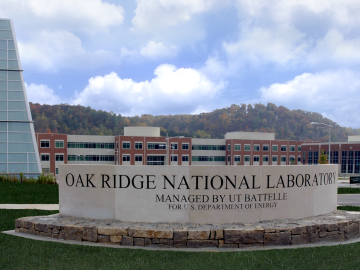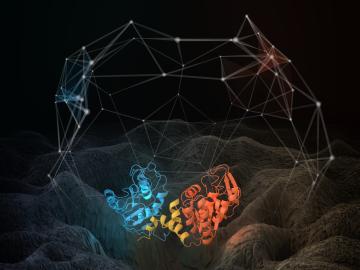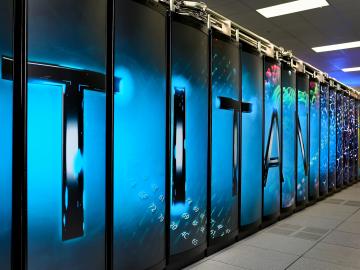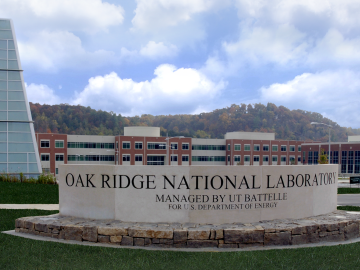Filter News
Area of Research
- (-) Functional Materials for Energy (3)
- (-) Nuclear Science and Technology (5)
- (-) Supercomputing (14)
- (-) Transportation Systems (2)
- Advanced Manufacturing (3)
- Biological Systems (3)
- Building Technologies (2)
- Chemical and Engineering Materials (1)
- Chemistry and Physics at Interfaces (3)
- Clean Energy (34)
- Energy Frontier Research Centers (4)
- Geographic Information Science and Technology (1)
- Isotope Development and Production (1)
- Materials (28)
- Materials Synthesis from Atoms to Systems (2)
- Materials Under Extremes (3)
- Neutron Data Analysis and Visualization (2)
- Neutron Science (4)
- Quantum Condensed Matter (1)
- Reactor Technology (1)
News Type
Media Contacts

With the production of 50 grams of plutonium-238, researchers at the Department of Energy’s Oak Ridge National Laboratory have restored a U.S. capability dormant for nearly 30 years and set the course to provide power for NASA and other missions.

A high school senior at Oak Ridge National Laboratory has published research showing that, while it’s just part of a complex story, higher electricity costs alone cannot be counted on to reduce demand for electricity and cut greenhouse gas emissions. The paper, published in “Susta...

Supercomputing simulations at the Department of Energy’s Oak Ridge National Laboratory could change how researchers understand the internal motions of proteins that play functional, structural and regulatory roles in all living organisms. The team’s results are featur...

The U.S. Department of Energy’s Office of Science announced 56 projects aimed at accelerating discovery and innovation to address some of the world’s most challenging scientific questions. The projects will share 5.8 billion core hours on America’s two most powerful s...

The next-generation Earth system model will simulate climate systems at unprecedented resolution over an unprecedented time scale in order to understand climate change, Earth system feedbacks and potential tipping points. The Accelerated Climate Model for Energy project, led...

An international team led by Gaute Hagen of the Department of Energy’s Oak Ridge National Laboratory used America’s most powerful supercomputer, Titan, to compute the neutron distribution and related observables of calcium-48

Inspections will play a crucial role in the decisions to extend operating licenses for many of the nation’s aging nuclear power plants, and Oak Ridge National Laboratory has a tool that could help. “The question that needs to be answered is whether the concrete structures th...

High-resolution imaging of materials produces complex, copious data. Researchers at Oak Ridge National Laboratory are developing a visual analytics system that could essentially “look over a scientist’s shoulder,” learning from human actions and improving its predictions of ...

Award-winning author Richard Rhodes, who wrote the book “The Making of the Atomic Bomb,” told an Oak Ridge audience that despite new forms of clean energy being developed, coal is still the world’s primary producer of energy, listing several reasons.
“In a world...

Steady progress in the development of advanced materials has led to modern civilization’s foundational technologies—better batteries, resilient building materials and atom-scale semiconductors. Development of the next wave of materials, however, is being slowed by the sheer co...




